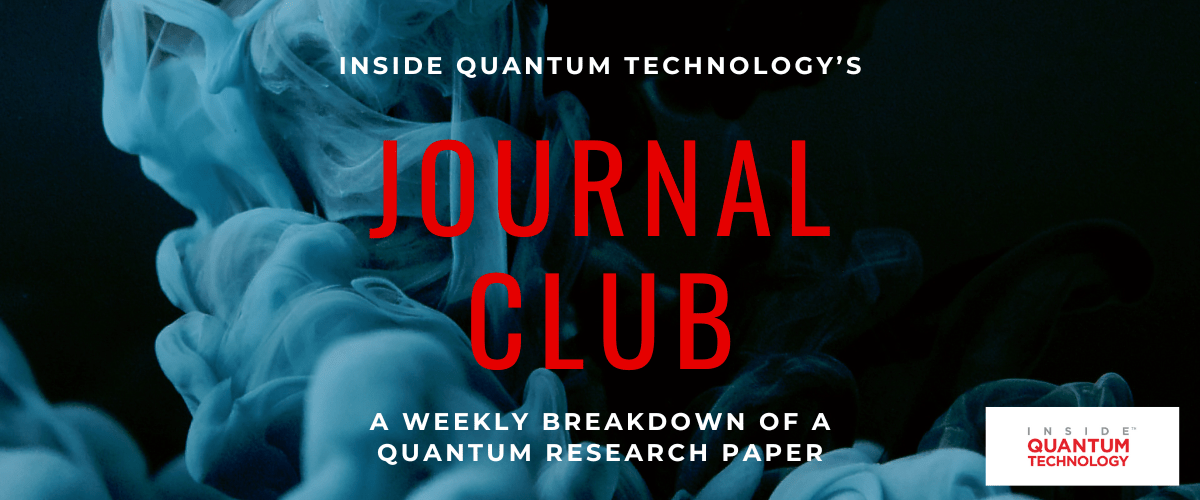
By Kenna Hughes-Castleberry posted 23 Feb 2024
IQT’s “Journal Club” is a weekly article series that breaks down a recent quantum technology research paper and discusses its impacts on the quantum ecosystem. This article breaks down a recent special issue published in Applied Physics Letters, examining how electronic noise influences quantum materials.
A recent editorial titled Electronic Noise—From Advanced Materials to Quantum Technologies delves into the intricacies of electronic noise and its implications across various scientific and technological fields. Because this noise can affect precision measurements, which can be important for GPS tracking, timekeeping, and more, researchers worldwide are looking for innovative ways to minimize this noise in their technological systems.
What is Electronic Noise?
Within this editorial, researchers explain that electronic noise, an inherent feature of all electronic devices, is categorized into four primary types: thermal noise, shot noise, generation-recombination noise, and low-frequency 1/f noise. Thermal and shot noise stems from the random motion of charge carriers and are frequency-independent, whereas generation-recombination noise, associated with charge trapping states, and 1/f noise, resulting from fluctuations in carrier number or mobility, present at low frequencies. Studying these noise types is crucial not only for understanding the underlying physical processes in materials and devices but also for improving device performance and reliability.
Getting Smaller Gets Noiser
With the miniaturization of electronic devices, such as transistors and quantum dots, the role of electronic noise, especially 1/f noise, becomes increasingly critical. In quantum technologies, for example, background charge fluctuations can significantly affect the functionality of quantum bits (qubits), the basic units of quantum information. In this editorial, the researchers highlight that shot noise and 1/f noise measurements are indispensable in assessing the technological applicability of these minuscule devices, where non-equilibrium phenomena and lack of thermalization introduce additional complexity to their operation.
A Further Dive into Electronic Noise
The researchers emphasize the importance of continuing investigation into 1/f and shot noise in the context of emerging technologies. Quantum coherence and entanglement, fundamental for implementing quantum technological platforms, are particularly susceptible to decoherence induced by material-inherent noise sources, often with a 1/f-type spectrum. Strategies for mitigating this decoherence, such as developing fault-tolerant qubits and advanced quantum control methods, are vital for advancing quantum technologies.
This editorial ultimately underscores the multidisciplinary nature of noise research, bridging materials science, quantum device engineering, and computational methods.
Kenna Hughes-Castleberry is the Managing Editor at Inside Quantum Technology and the Science Communicator at JILA (a partnership between the University of Colorado Boulder and NIST). Her writing beats include deep tech, quantum computing, and AI. Her work has been featured in National Geographic, Scientific American, Discover Magazine, New Scientist, Ars Technica, and more.
- SEO Powered Content & PR Distribution. Get Amplified Today.
- PlatoData.Network Vertical Generative Ai. Empower Yourself. Access Here.
- PlatoAiStream. Web3 Intelligence. Knowledge Amplified. Access Here.
- PlatoESG. Carbon, CleanTech, Energy, Environment, Solar, Waste Management. Access Here.
- PlatoHealth. Biotech and Clinical Trials Intelligence. Access Here.
- Source: https://www.insidequantumtechnology.com/news-archive/iqts-journal-club-dealing-with-electronic-noise-in-quantum-materials/



